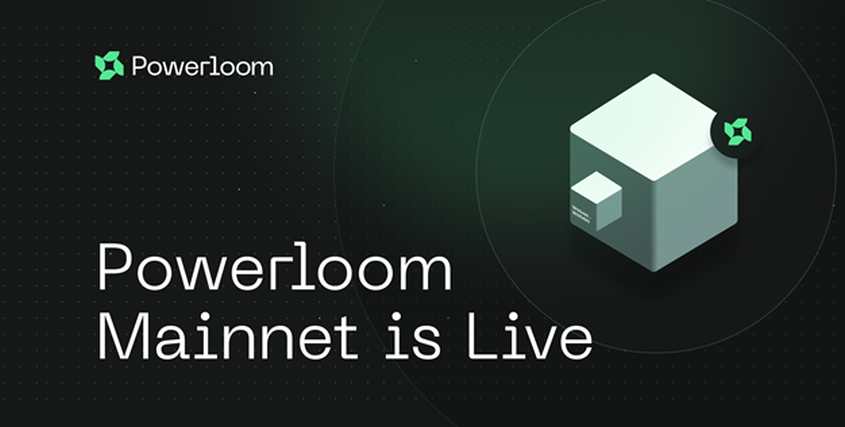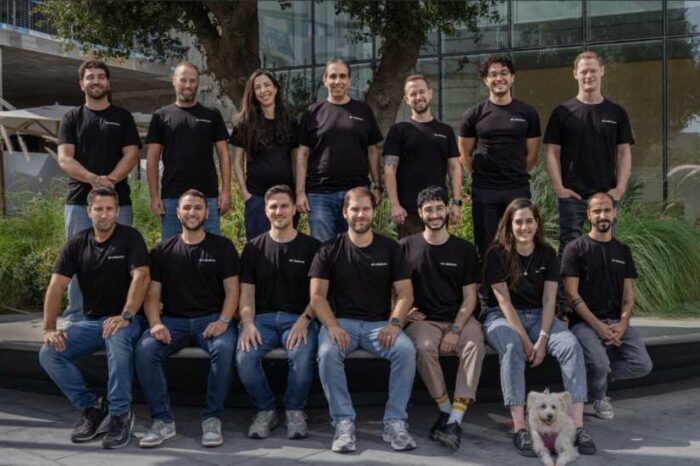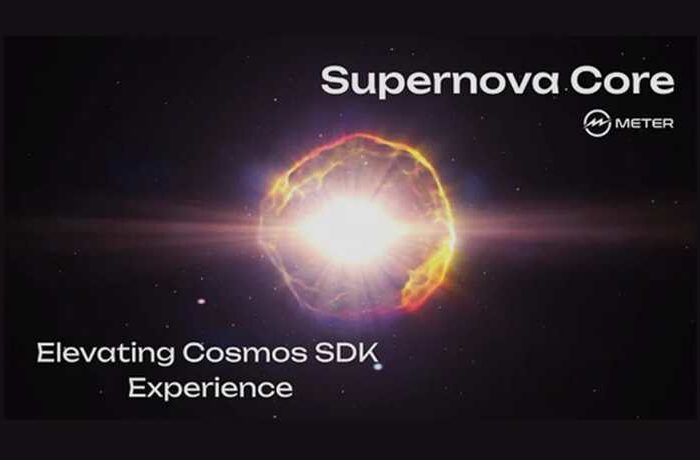Powerloom launches mainnet on Ethereum, unlocking new possibilities for Web3 apps
Posted On January 16, 2025
0
2.7K Views

Trending Now
Top Startup and Tech Funding News – December 2, 2025
December 2, 2025
Top Startup and Tech Funding News – December 1, 2025
December 1, 2025




